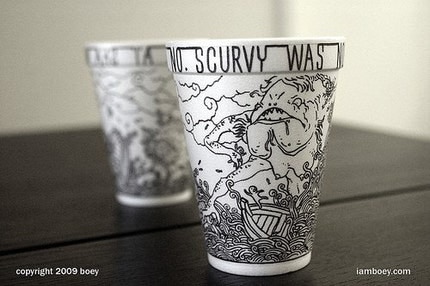George Orwell was a good writer. I’ve shared six of his tips for writing before. Here are six questions he says you should ask of every sentence you produce…
- What am I trying to say?
- What words will express it?
- What image or idiom will make it clearer?
- Is this image fresh enough to have an effect?
- Could I put it more shortly?
- Have I said anything that is avoidably ugly?
This is from this feature – writing tips from six greats.
I also love these 11 tips from Elmore Leonard.
1. Never open a book with weather.
2. Avoid prologues.
Which can be annoying, especially a prologue following an introduction that comes after a foreword. A prologue in a novel is back-story, and you can drop it in anywhere you want.
3. Never use a verb other than ”said” to carry dialogue.
Said is far less intrusive than grumbled, gasped, cautioned, lied.
4. Never use an adverb to modify the verb ”said” . . .
5. Keep your exclamation points under control.
6. Never use the words ”suddenly” or ”all hell broke loose.”
7. Use regional dialect, patois, sparingly.
8. Avoid detailed descriptions of characters.
9. Don’t go into great detail describing places and things.
10. Try to leave out the part that readers tend to skip.
For example, thick paragraphs of prose.
11. If it sounds like writing, I rewrite it.
And I love this quote… it reminds me of Jed Bartlett’s “next ten words” debate speech in the West Wing…
“Poor Faulkner. Does he really think big emotions come from big words? He thinks I don’t know the ten-dollar words. I know them all right. But there are older and simpler and better words, and those are the ones I use.” – Earnest Hemingway after he was told that Faulkner said he “had never been known to use a word that might send the reader to the dictionary.”







